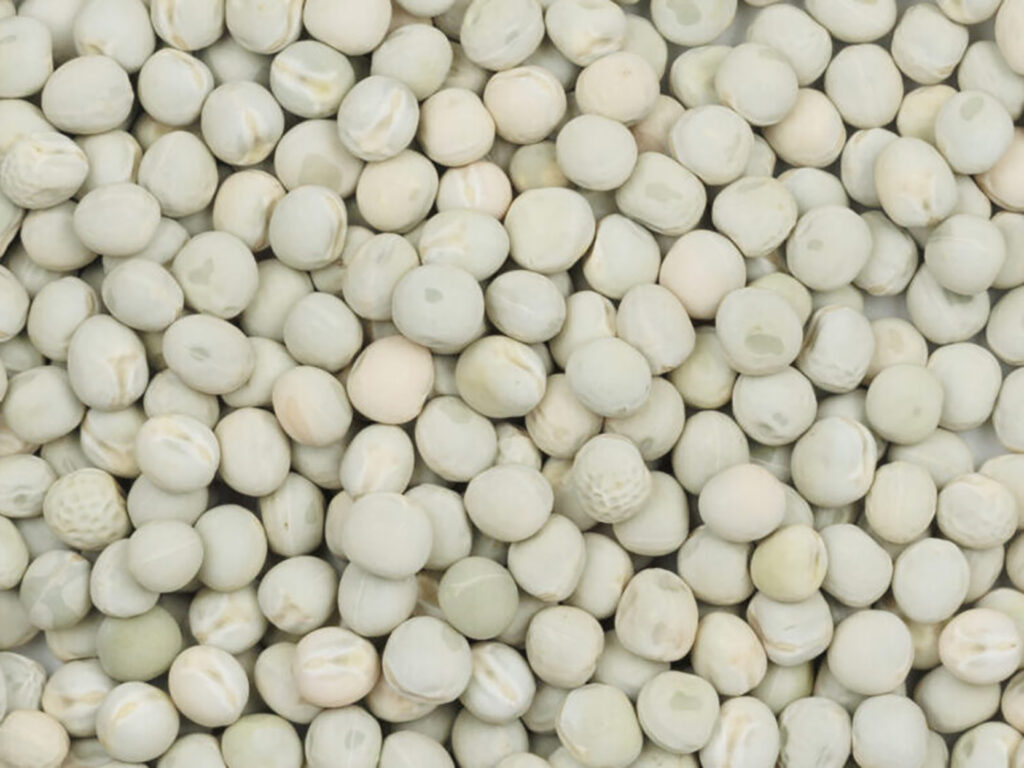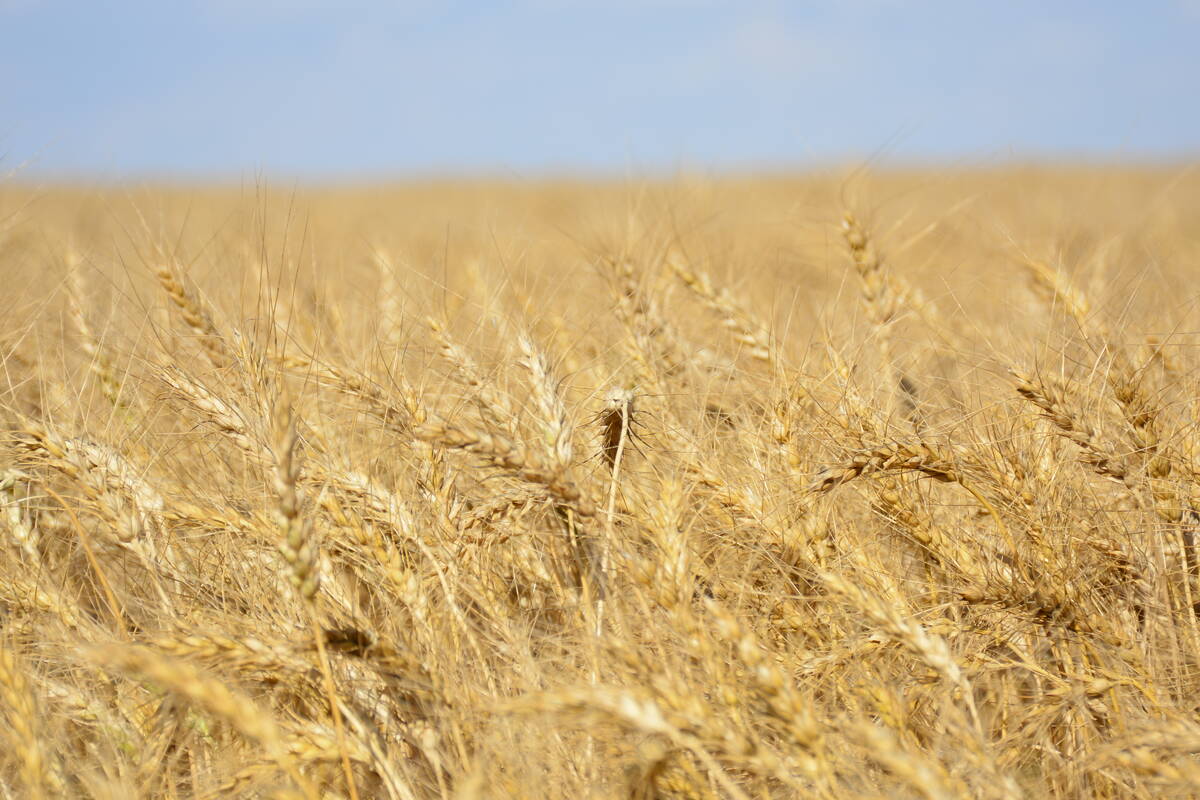Industry believes green pea supplies are over-reported

SASKATOON — Canada has far fewer green peas than the government is reporting, says an analyst.
“Purely from a price perspective, markets believe the Canadian harvest was smaller than estimated by Statistics Canada,” Stat Publishing noted in a recent article.
Using crop insurance data, a “strong argument” can be made that growers planted 358,000 acres of green peas last year, well below Statistics Canada’s 463,000-acre estimate.
Stat believes the area has been over-reported since 2021.
“The cumulative difference in green pea production since 2021 is likely around 196,000 tonnes, resulting in a major reduction in residual stocks from prior estimates,” it stated.
Read Also


Wheat exports survive China pull-back
China was the top buyer of Canadian wheat in 2023-24, but sales to that key market have plummeted this year.
“This helps explain both the price performance for the crop and perceived on-farm stocks.”
Green pea bids were averaging about $15.40 per bushel as of May 2, while yellows were fetching $9.85, according to Stat.
The firm believes green pea carryout from the previous year was a paltry 14,000 tonnes. That will likely climb to 48,600 tonnes by the end of the 2024-25 campaign due to poor export movement.
Growers are expected to increase their green pea acreage in 2025, which creates the potential for lower prices in 2025-26, said Stat.
MarketsFarm analyst Bruce Burnett thinks Stat’s assessment of the green pea market is pretty much bang on.
“I would agree with the premise that the reason we have high prices is because we do have tight stocks,” he said.
It could also be due to quality issues or slumping demand, but he thinks it is more likely to be tighter-than-reported supplies.
“If this was systemic in the StatsCan reporting series, it would be nice to see them correct it,” he said.
It is a constant struggle to get the numbers right when dealing with small-acreage crops such as pulses, but it’s important because a 100,000-tonne error can have a big price impact for a crop such as green peas.
Burnett agrees with Stat that green pea acres are likely on the rise at the expense of yellow peas.
“Prices dictate that you would switch into green peas and it’s easy to do agronomically,” he said.
“Green peas and yellow peas are essentially the same agronomics. It’s not like you’re switching from canola to wheat.”
There are some farmers who will only grow yellow peas, but there are others who have experience with both types.
Yellow pea prices have been under pressure since March 20, when China implemented its 100 per cent tariff on Canadian peas.
There is also looming uncertainty in the other key market for the crop. India’s 50 per cent tariff on yellow pea imports has been exempted since December 2023.
That exemption is set to expire May 31.
Chuck Penner, analyst with LeftField Commodity Research, said China’s tariff announcement upended Statistics Canada’s forecast calling for 3.5 million acres of peas, a 9.5 percent increase over last year.
“There’s a pretty good chance we will see some pea acres get lost,” he said during a March 27 Saskatchewan Pulse Growers podcast.
“Some of those might get shifted into lentils, especially red lentils if somebody wants to keep a pulse in their rotation.”
He thinks pea plantings will likely fall by 400,000 to 500,000 acres.
Source: www.producer.com


